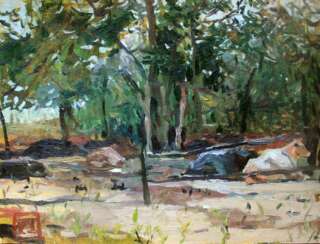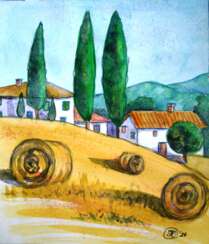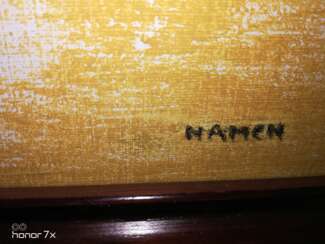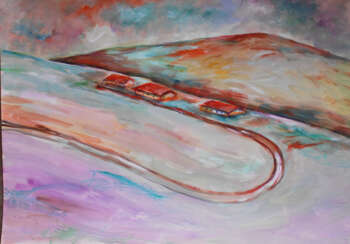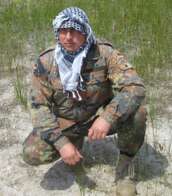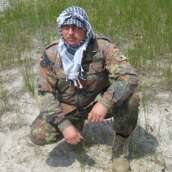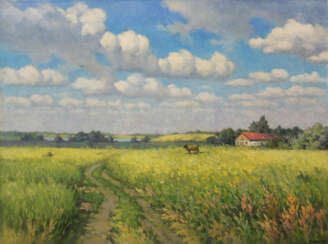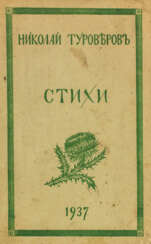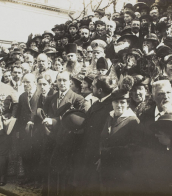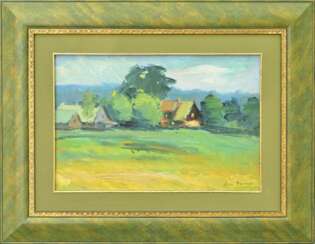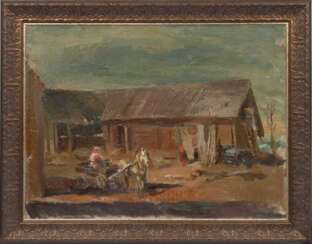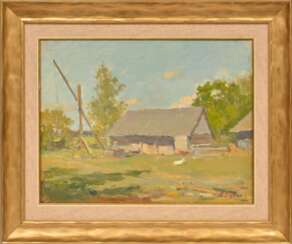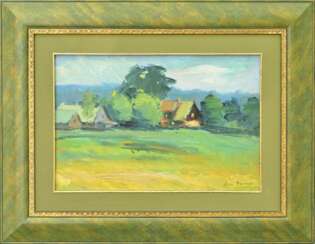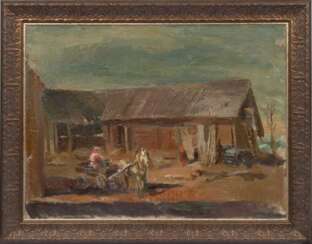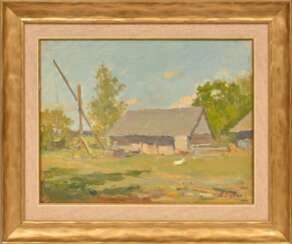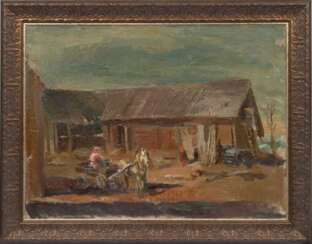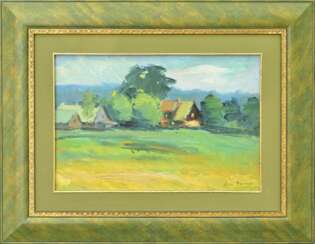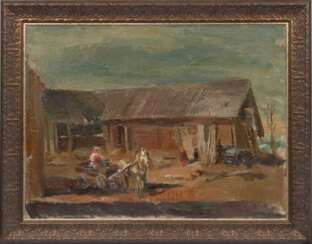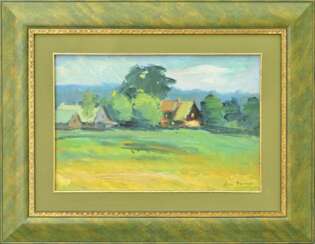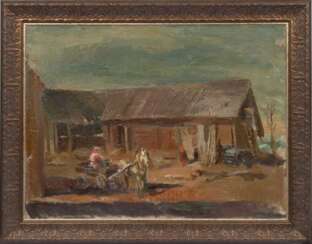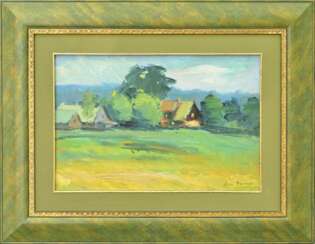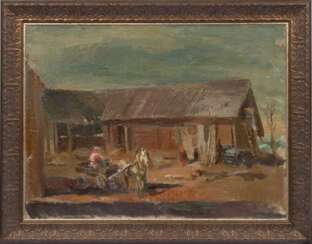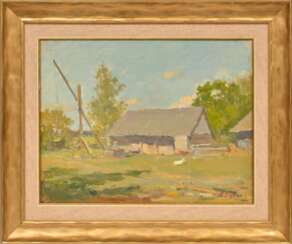48 Items by auctions and galleries:
ферма
Итальянская ферма
Julia Koliada (b. 1972)  Shop Koliada Julia
Shop Koliada Julia

Julia Koliada
20.12.1972
Ukraine
Обучалась в художественной школе в Запорожье,Украина .Получила профессию художник - модельер в Киевском Институте художественного моделирования и дизайна имени Сальвадора Дали.Участвовала в многочисленных фестивалях Украинской моды ,имею награды в этой специализации.Сейчас увлекаюсь живописью.В основном,люблю писать акварелью.Участвую в выставках Национального сообщества художников Украины.Надеюсь,мои работы и Вас порадуют.

Artist shop
Koliada Julia
Ukraine
Number of products: 251
Контакт на ферме
Ivan Zlatov (b. 1982)  Shop Zlatov Ivan
Shop Zlatov Ivan

Ivan Zlatov
18.04.1982
Ukraine
Выставляю картины друга на тему UFO (НЛО). Так как автор имел с ними контакт, это отразилось на его моровозрении и восприятии некоторых не понятных нам фактов ( круги на полях, монускрипты с изображением объектов НЛО и самих гуманоидов.
Автор утверждает что после контакта ему в голову проникают мысли, знания и понимания символов на полях, монускриптов и наскальных рисунков.
Посещают видения, откровения о будущих технологиях.

Artist shop
Zlatov Ivan
Ukraine
Number of products: 2
Дорога на ферму
Alexander Kusenko (b. 1962) 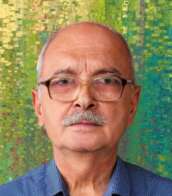 Shop Kusenko Alexander
Shop Kusenko Alexander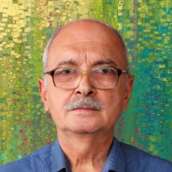

Alexander Kusenko
30.06.1962
Ukraine
Кусенко Александр Владимирович родился 30 июня 1962 г. в г. Днепропетровск, член НСХУ, Евразийского Художественного Союза. С 1978 г. по 1982 г. учился в ДГХУ - Днепропетровское государственное художественное училище на живописно - педагогическом отделении, специализация учитель черчения и рисования (ДТХК). В 1985- 1990 г. окончил ХХПИ - Харьковский художественно - промышленный институт, факультет интерьер и оборудование, квалификация художник декоративного искусства ( ХГАДИ). С 1991 г. работал преподавателем 1 категории спец. дисциплин (рисунок, живопись, композиция) в ДГХУ, с 1992г. 16 лет - преподавателем в ДХШ №2 г. Днепропетровск. Участвовал в международных, Всеукраинских, республиканских, областных, городских, персональных выставках. В 2007 г. выпущен каталог "Графика, живопись А. Кусенко". Работы находятся в галереях и частных коллекциях Украины, России, Турции, Германии, Испании, США. В 2017 г. занял 2 место и персональный зал в международном интернет - конкурсе "Времена года", Участник Венецианского международного 58 биеннале, международного конкурса "Недели искусств в Израиле", 3 место в международном конкурсе "Его Величество Пейзаж" 2019 Киев, 2 место в международном конкурсе "Всеобъемлющая коллекция 2020" Киев, "Времена года 2020 Санкт-Петербург", 1 и 3 места в международном конкурсе "Арт-сезоны весна 2021"" Москва, 2 место в международном конкурсе "Санкт-Петербургская Неделя Искусств 2021". 2021 г. - 2 место в международном конкурсе "Искусство силуэта" Москва. 2021 г. - 3 место в международном конкурсе "Всемирная Арт-География" Москва. 2021 г. - 2 место в международном конкурсе "Арт-сезоны" Москва. 2021г. - международный журнал "Русская галерея — XXI век" 5 выпуск. Москва. 2021 г. - 1 место Golden Time Talent 28 сезон Великобритания. На Facebook страница - https://www.facebook.com/kusenkoart3

Artist shop
Kusenko Alexander
Ukraine
Number of products: 45
